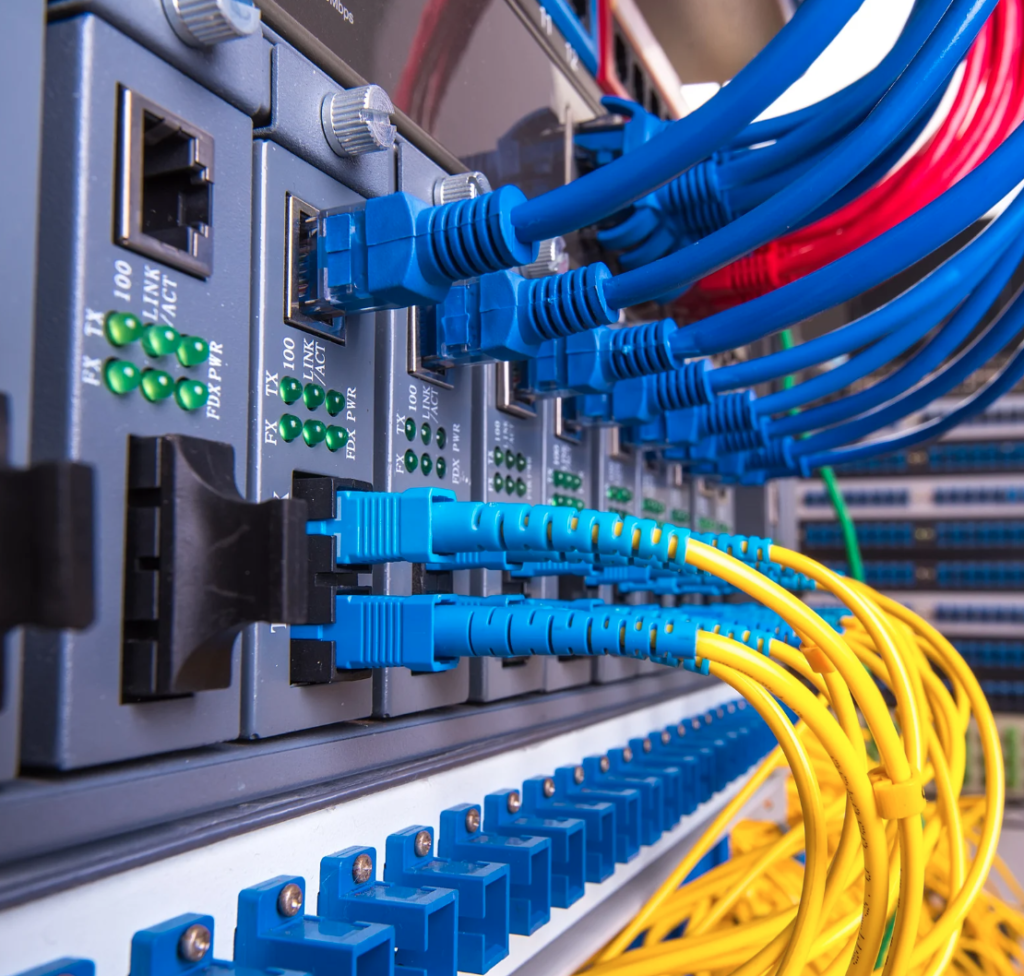Discover the best Q-factor improvement techniques for optical networks with this comprehensive guide. Learn how to optimize your network’s performance and achieve faster, more reliable connections.
Introduction:
In today’s world, we rely heavily on the internet for everything from work to leisure. Whether it’s streaming videos or conducting business transactions, we need fast and reliable connections. However, with so much data being transmitted over optical networks, maintaining high signal quality can be a challenge. This is where the Q-factor comes into play.
The Q-factor is a metric used to measure the quality of a signal transmitted over an optical network. It takes into account various factors, such as noise, distortion, and attenuation, that can degrade signal quality. A higher Q-factor indicates better signal quality, which translates to faster and more reliable connections.
In this article, we will explore effective Q-factor improvement techniques for optical networks. We will cover everything from signal amplification to dispersion management, and provide tips for optimizing your network’s performance.
- Amplification Techniques
- Dispersion Management
- Polarization Mode Dispersion (PMD) Compensation
- Nonlinear Effects Mitigation
- Fiber Cleaning and Maintenance
Amplification Techniques:
Optical amplifiers are devices that amplify optical signals without converting them to electrical signals. There are several types of optical amplifiers, including erbium-doped fiber amplifiers (EDFAs), semiconductor optical amplifiers (SOAs), and Raman amplifiers.
EDFAs are the most commonly used optical amplifiers. They work by using an erbium-doped fiber to amplify the signal. EDFAs have a high gain and low noise figure, making them ideal for long-haul optical networks.
SOAs are semiconductor devices that use a gain medium to amplify the signal. They have a much smaller footprint than EDFAs and can be integrated into other optical components, such as modulators and receivers.
Raman amplifiers use a process called stimulated Raman scattering to amplify the signal. They are typically used in conjunction with EDFAs to boost the signal even further.
Dispersion Management:
Dispersion is a phenomenon that occurs when different wavelengths of light travel at different speeds in an optical fiber. This can cause distortion and degradation of the signal, resulting in a lower Q-factor.
There are several techniques for managing dispersion, including:
- Dispersion compensation fibers: These are fibers designed to compensate for dispersion by introducing an opposite dispersion effect.
- Dispersion compensation modules: These are devices that use a combination of fibers and other components to manage dispersion.
- Dispersion-shifted fibers: These fibers are designed to minimize dispersion by shifting the zero-dispersion wavelength to a higher frequency.
Polarization Mode Dispersion (PMD) Compensation:
Polarization mode dispersion is a phenomenon that occurs when different polarization states of light travel at different speeds in an optical fiber. This can cause distortion and degradation of the signal, resulting in a lower Q-factor.
PMD compensation techniques include:
- PMD compensators: These are devices that use a combination of wave plates and fibers to compensate for PMD.
- Polarization scramblers: These are devices that randomly change the polarization state of the signal to reduce the impact of PMD.
Nonlinear Effects Mitigation:
Nonlinear effects can occur when the optical signal is too strong, causing distortion and degradation of the signal. These effects can be mitigated using several techniques, including:
- Dispersion management techniques: As mentioned earlier, dispersion management can help reduce the impact of nonlinear effects.
- Nonlinear compensation: This involves using specialized components, such as nonlinear optical loops, to compensate for nonlinear effects.
- Modulation formats: Different modulation formats,such as quadrature amplitude modulation (QAM) and coherent detection, can also help mitigate nonlinear effects.
Fiber Cleaning and Maintenance:
Dirty or damaged fibers can also affect signal quality and lower the Q-factor. Regular cleaning and maintenance of the fibers can help prevent these issues. Here are some tips for fiber cleaning and maintenance:
- Use proper cleaning tools and materials, such as lint-free wipes and isopropyl alcohol.
- Inspect the fibers regularly for signs of damage, such as bends or breaks.
- Use protective sleeves or connectors to prevent damage to the fiber ends.
- Follow the manufacturer’s recommended maintenance schedule for your network components.
FAQs:
- What is the Q-factor in optical networks?
The Q-factor is a metric used to measure the quality of a signal transmitted over an optical network. It takes into account various factors, such as noise, distortion, and attenuation, that can degrade signal quality. A higher Q-factor indicates better signal quality, which translates to faster and more reliable connections.
- What are some effective Q-factor improvement techniques for optical networks?
Some effective Q-factor improvement techniques for optical networks include signal amplification, dispersion management, PMD compensation, nonlinear effects mitigation, and fiber cleaning and maintenance.
- What is dispersion in optical fibers?
Dispersion is a phenomenon that occurs when different wavelengths of light travel at different speeds in an optical fiber. This can cause distortion and degradation of the signal, resulting in a lower Q-factor.
Conclusion:
Achieving a high Q-factor is essential for maintaining fast and reliable connections over optical networks. By implementing effective Q-factor improvement techniques, such as signal amplification, dispersion management, PMD compensation, nonlinear effects mitigation, and fiber cleaning and maintenance, you can optimize your network’s performance and ensure that it meets the demands of today’s data-driven world.
- With these techniques in mind, you can improve your network’s Q-factor and provide your users with faster, more reliable connections. Remember to regularly inspect and maintain your network components to ensure optimal performance. By doing so, you can keep up with the ever-increasing demands for high-speed data transmission and stay ahead of the competition.In conclusion, Q-factor improvement techniques for optical networks are crucial for maintaining high signal quality and achieving faster, more reliable connections. By implementing these techniques, you can optimize your network’s performance and meet the demands of today’s data-driven world. Keep in mind that regular maintenance and inspection of your network components are key to ensuring optimal performance. With the right tools and techniques, you can boost your network’s Q-factor and provide your users with the best possible experience.

